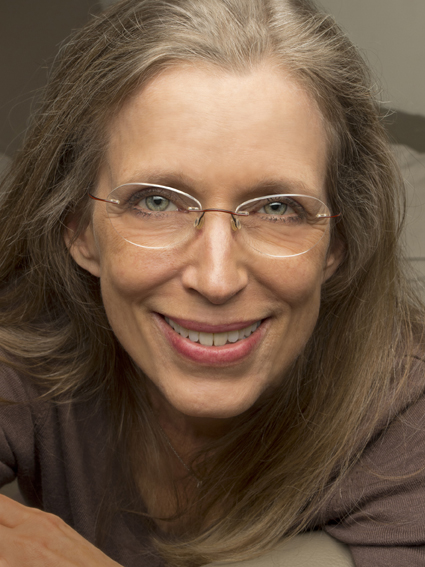Transcreation & Adaptation are not just for marketing and advertising

As announced last week here, Catherine and I met up to chew the fat about explore what trancreation, adaptation or tradaptation is – and is not.
Catherine wrote up her interview, which we are cross-posting on our respective blogs to reach a wider audience (and heck, we admit it, to tickle Google Analytics).
Thanks, Catherine, it was fun. And useful for me to struggle to find the right words to describe it all.
Patricia Lane, the tricultural blogger behind Intercultural Zone, talks to me about “transcreation” over a mid-morning breakfast.
Catherine: Patricia, how do you interpret the term “transcreation”?
Patricia: You could call it transcreation or adaptation or tradaptation. It’s all too often just a marketing label. Let me ask you first, what’s your take?
Catherine: For me, transcreation is about making the new text resonate with the target reader. It could mean doing some serious restructuring, changing the cultural references, adjusting the tone, recommending new images. It’s much more than translating sentence by sentence.
Patricia: What you’ve described, to me, is not transcreation. It is what any professional translator does with a text – deliver documents that are fit-for-purpose, in the full meaning of the expression.
You have to raise the bar.
The core difference between translation and what is called transcreation or adaptation is triggering the desired emotional response.
Reason is nothing without emotions. Most decisions are made for conscious or unconscious emotional reasons, regardless of where one comes from. Also, transcreation/adaptation/tradaptation cannot take place in a vacuum. Image choice, layout, the symbolism of colours in different cultures all must be taken together. Crafting ideas and words by yourself is wholly ineffective.
Catherine: How do you proceed?
Patricia: You need to leverage the senses – some people are more visual, some more auditory, and so on. You need to choose verbs that connect with their dominant filter. You also use the values and beliefs of the target culture.
Look at the difference in TV commercials for cars. In the States, they tend to focus on providing data: MPG, low monthly lease, extended warranty, and so on. The US, as a linear active culture, is data-oriented. In France, they typically seek to create a mood, an ambiance. Visuals, music, a sexy guy behind the wheel…everything is used to trigger an emotional response. France is resolutely a multi-active culture: you need to build a relationship first.
Catherine: What happens before you sit down at the drawing board?
Patricia: Before embarking on a creative project, the professional linguist has to take the plunge and immerse him or herself to understand the client’s brand, strategy, positioning, challenges, goals, market, and so on inside and out. That requires face time.
The translator has to gain the client’s trust. This means the client has to perceive this external service provider as an expert and a partner – a trusted advisor if you will. This is key to earning the “carte blanche” to adapt the original as needed. It can be a ticklish situation: imagine you have the author in front of you and you are ripping the text apart?
At the top end of the market, the translator’s role is often more that of a consultant. We have the tools to work remotely, but nothing replaces human interaction. Remember: only 7% of a message is communicated by the words. I make it a point to get out there and try to meet each of my clients.
Catherine: Are you referring to just marketing and advertising translations? To situations in which a new product or service is being launched?
Patricia: No. Contrary to what we often read, I don’t think transcreation is limited to marketing and advertising. Heavily adapting an original version could be needed in Human Resources policies and training programmes too. Reward systems vary in different countries. People get moving for a host of reasons. US training is more interactive, hands-on, and participative. French learners may need more information and give less input. The writing/translating of this type of project does not take place in isolation; several corporate departments are involved to push such a strategy forward. The linguist is part of the team.
Other areas that can require bold adaptation include internal and external communications, for example.
Catherine: What makes a good transcreator?
Patricia: Short list and in no particular order! To be a lateral thinker, to have a strategic view, to be very creative (and not only in playing with words), to know how to take a darn good client brief, to enjoy working in a team, to bounce right back if a client doesn’t do cartwheels at your first suggestions, to have the courage to tell your client if a concept isn’t going to fly for whatever reason, and to know how to get behind the words and away from them because effective communications is not just “words”.
Thanks Patricia for your thoughts on transcreation and for your helpful advice on Intercultural Zone
Tags: Adaptation, copywriting, linkedin, siteEN, transcreation





[…] This post was mentioned on Twitter by Patricia Lane, La Rassegna. La Rassegna said: ► Transcreation & Adaptation are not just for marketing and advertising: As announced last week here, Catherine … http://bit.ly/cux4Wc […]
[…] la traductrice Patricia Lane (@lokahiandquill) sur l’écriture, la traduction, l’adaptation, la « transcréation » et les outils de communication du travailleur idépendant. (anglais et […]